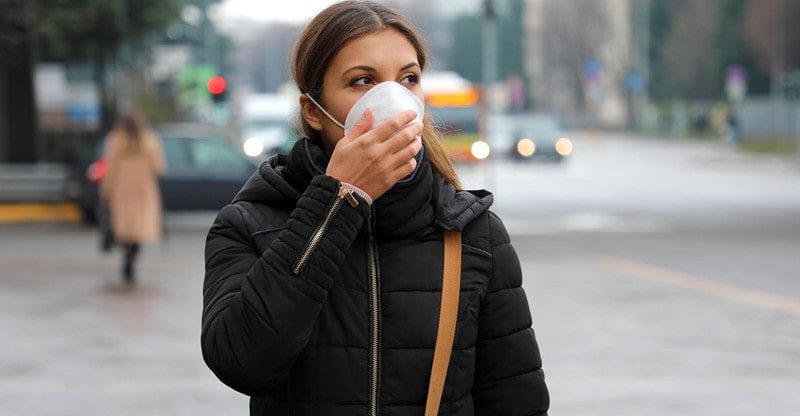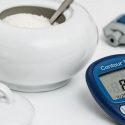Health & Fitness: The Continuing Saga of COVID-19 and Beyond
The US has been doing many things on the coronavirus front, from selling personal protective equipment for sale and revisiting its pandemic-related mandates to updating vaccines and boosters. According to the CDC, more than four million Americans took the updated version of booster shots for the virus in September. However, you may not find enough information on how many of them opted for Pfizer-BioNTech or something else.
The data suggest that about 1.5% of the population can take these shots. The new doses have been available since the Labor Day holidays. The upgraded doses are relevant because they attack the original and current subvariants. Still, health experts report the low adoption rate among people.
Yale Medicine’s Dr. Scott Roberts termed the low turnout rate for the new shots demoralizing. According to him, more people should have taken these shots by now. He cites two reasons to be responsible for this – inadequate booster shot-related awareness in public and the ongoing narrative that the pandemic is over. Because of the floating views around the second thing, the health experts say it’s challenging to persuade eligible and at-risk people to go for these shots.
Nevertheless, the demand for COVID-19 shots has been high since the rollout. It shows an almost triple jump in the number of doses administered in the initial days of the month. The country is giving 314,000 vaccine shots daily on average in a week.
A look into the updated coronavirus booster shot scenario
The reports suggest that America has delivered over 25 million booster shots to thousands of places. Due to this, the bivalent boosters are now available to many people within five miles of their habitat. Do you know what bivalent boosters mean? It means that the updated vaccine can increase your immunity against two diseases at once.
If you are more than 12 years old and had your last vaccination two months back, you are eligible for these new shots. However, others who have recently contracted the infection may have to wait to recover from their illness. The waiting period can be about three months from the time someone tested positive for the condition or experienced the onset of the symptoms.
There is a government recommendation that people can choose between Moderna and Pfizer or mix and match them. But Pfizer doses are for anyone age 12 and above, while Moderna is for ages 18 and above.
So far, 80% of Americans have taken one vaccine shot, and 68% have completed all the doses. There is fear that people’s lack of adoption of updated booster shots can lead to a higher rate of infections, fatality, and hospitalization.
Is coronavirus a serious situation in the US?
Winter months have seen a surge in coronavirus cases, and influenza cases have already started afflicting people. Yet, there is a question that bothers everyone whether COVID-19 is a matter of concern. Examples like long COVID symptoms, the ensuing ailments due to the virus infection, including neurological and joint problems, and others should be enough to explain this.
And if this is not sufficient, one cannot overlook the excess fatality rate caused by the contagious illness. One of the studies considered Massachusetts’s mortality data to study the matter. It revealed that Omicron variants caused about 0·1 extra death per 100 000 people a week.
Mental health taking over COVID-19 in the US
While much debate goes into what has happened and may happen, the country is bracing for another health challenge. According to MyBioSource’s survey conducted on 3,442 people, only 3% believe that COVID-19 is the nation’s primary concern.
Going by this also, it seems coronavirus is not a significant concern for Americans anymore. About 51% of the population feels that mental health is now the main thing. In 2021, only 35% of people had thought so. 66% of Americans do not complain about the country’s healthcare provisions but talk about costly treatments and inequality. Other than mental health and COVID, Americans rank cancer, obesity, drug addiction, and stress as high-risk areas.
If you are unaware, low-income families are least happy with the country’s healthcare system. Only 53% of them expressed their satisfaction. However, 76% of medium-income and 83% of high-earning households support the healthcare services available in the nation.
With globalization and rising pollution levels, the risk of pandemics and illnesses may have only intensified. But your health is your responsibility first. People often don’t take care of little things that can improve their lives until they become bigger concerns. For example, a few minutes of exercising, a balanced diet, a healthy lifestyle, and others are easy to implement.
Still, most of us avoid them. Your immunity is the central defense. If you do all these things, you help your immune system respond well to foreign objects. You will not fall sick or catch severe infections frequently. So, please do what’s within your reach.



